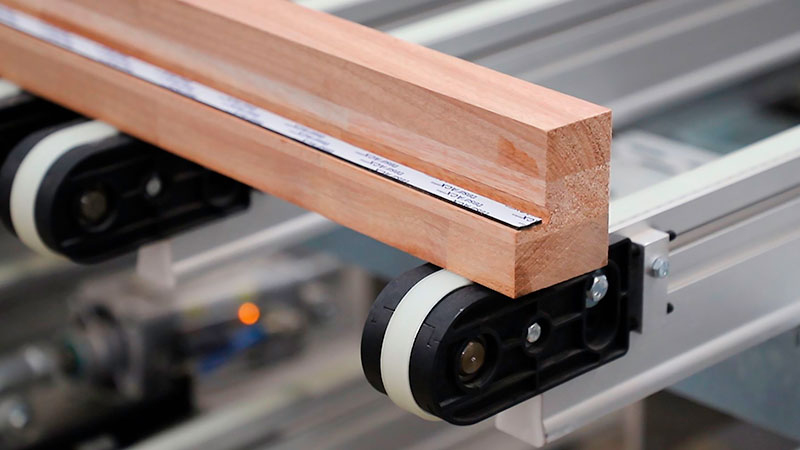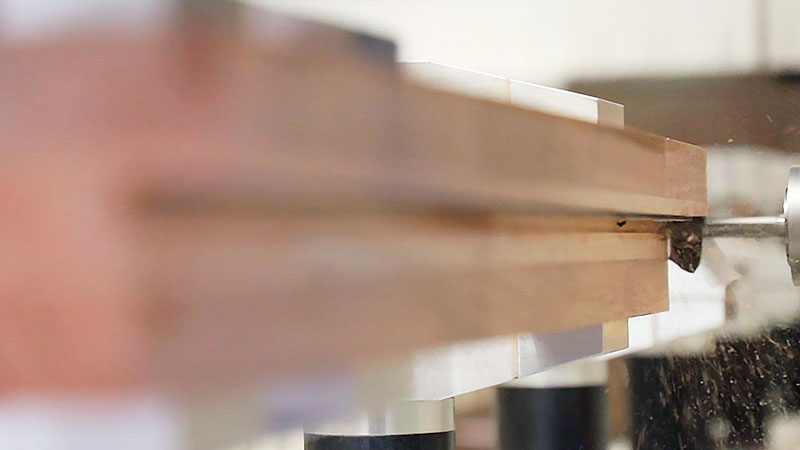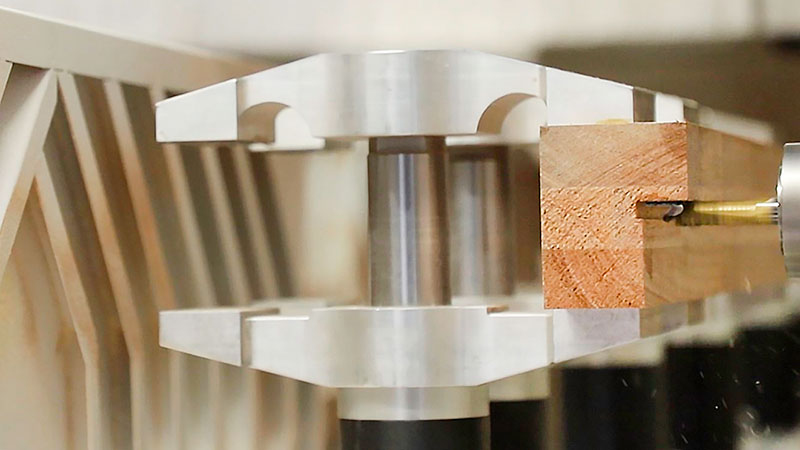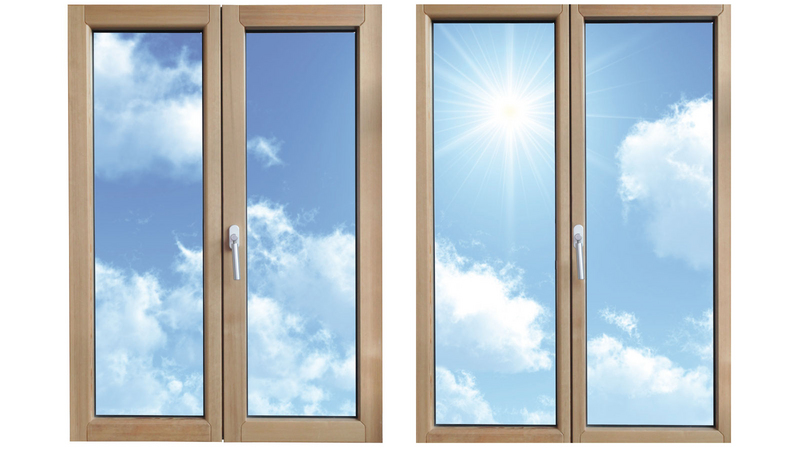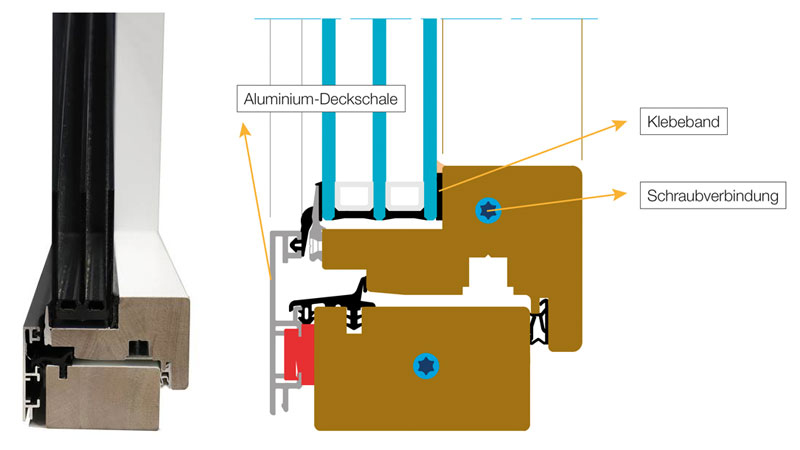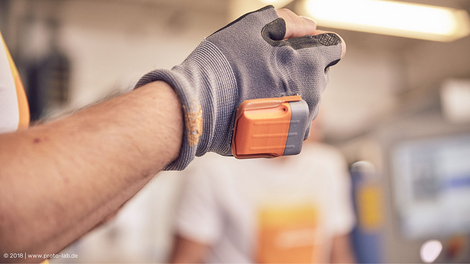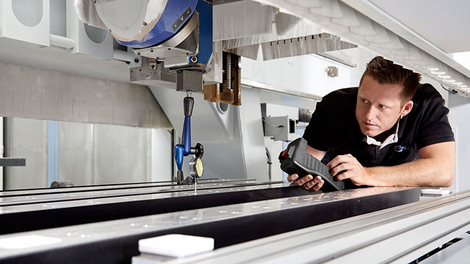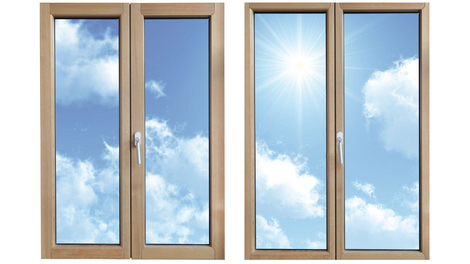Gluing technology for composite windows: HOMAG and tesa develop a new process
Currently, various different solutions are used in window construction businesses to establish the adhesive bond between the pane and the frame. Gluing systems have been well-known in this field for a while, but in light of the latest requirements in terms of appearance and break-in protection, such systems are increasingly coming to the fore. This is just one of the reasons why HOMAG developed a simple production solution with a reliable process for the window market.
tesa and HOMAG: Two experts, one solution
To develop this process, HOMAG worked with tesa, one of the largest gluing technology experts on the market. The core of the new process is the application of an integrated adhesive tape, tesa® ACXplus — an adhesive tape that is inserted into the window frame after planing. After CNC processing, the window — including the adhesive tape — can be painted, ensuring that the color of the joint is identical. The protective film on the adhesive tape can then be easily removed. The result: the adhesive surface of the tesa tape is already in the painted window and the window manufacturer simply inserts the glass pane. The adhesive tape ensures a secure bond between the pane and the frame. The pane no longer has to be sealed with silicone, and therefore this step no longer has to be performed, as the adhesive tape takes over the sealing function.
In comparison with other common processes on the market, HOMAG is offering a solution optimized for production — a solution that can be easily integrated into the production process. The adhesive strips can be applied easily and efficiently regardless of the ambient atmosphere or other external factors. The process can be integrated into a wide variety of window production processes (including the production of wood/aluminum windows, the use of adhesive rails, etc.). At present, however, the gluing technology is particularly important for integrated New gluing technology: Prerequisite for integrated windows
Lean profile, 20% more glass: windows with narrow view widths are becoming increasingly popular. They represent the latest design with an optically elegant view while still allowing more daylight into rooms.
However, producing narrow profiles to allow more daylight also presents machine manufacturers and suppliers with a few challenges:presents a few challenges to machine manufacturers and suppliers.
- How can the narrow profiles be clamped?
- How can high processing quality and precise connections be guaranteed?
- How can these products be produced economically?
The perfect combination for meeting these requirements is the combination of tesa + S800/900 clamping technology. Here, the process is the prerequisite for production (in contrast to other types of windows).
The properties of integrated windows speak for themselves:
- More light in the room:
Narrow wing profiles mean larger areas of glass. This results in an increase of up to 20% in terms of the proportion of glass and therefore more daylight compared to conventional systems. - Modern design:
Flush to the outside when installed in the soffit, the frame is practically invisible, creating a modern, minimalist look. - Low maintenance requirements:
The glass pane and the frame are fixed in place and securely connected to one another. The wing remains stable and the effort involved in subsequent readjustment is significantly reduced. - Increased break-in protection:
The pane of glass cannot be separated from the wing frame. The pane reinforces the frame, making it more robust in the event of a break-in attempt. - High thermal insulation:
The narrow frame enables the best U values for the windows. - Simple production:
The profiling of the frame parts is easy and requires less machining and use of wood, thereby lowering tool costs. The gluing secures the statics of the wing, and the corner joint can be held in place easily. The screwed corner is the perfect complement: the single parts can be processed with a full surface finish, and the frame can be fitted without a press.

